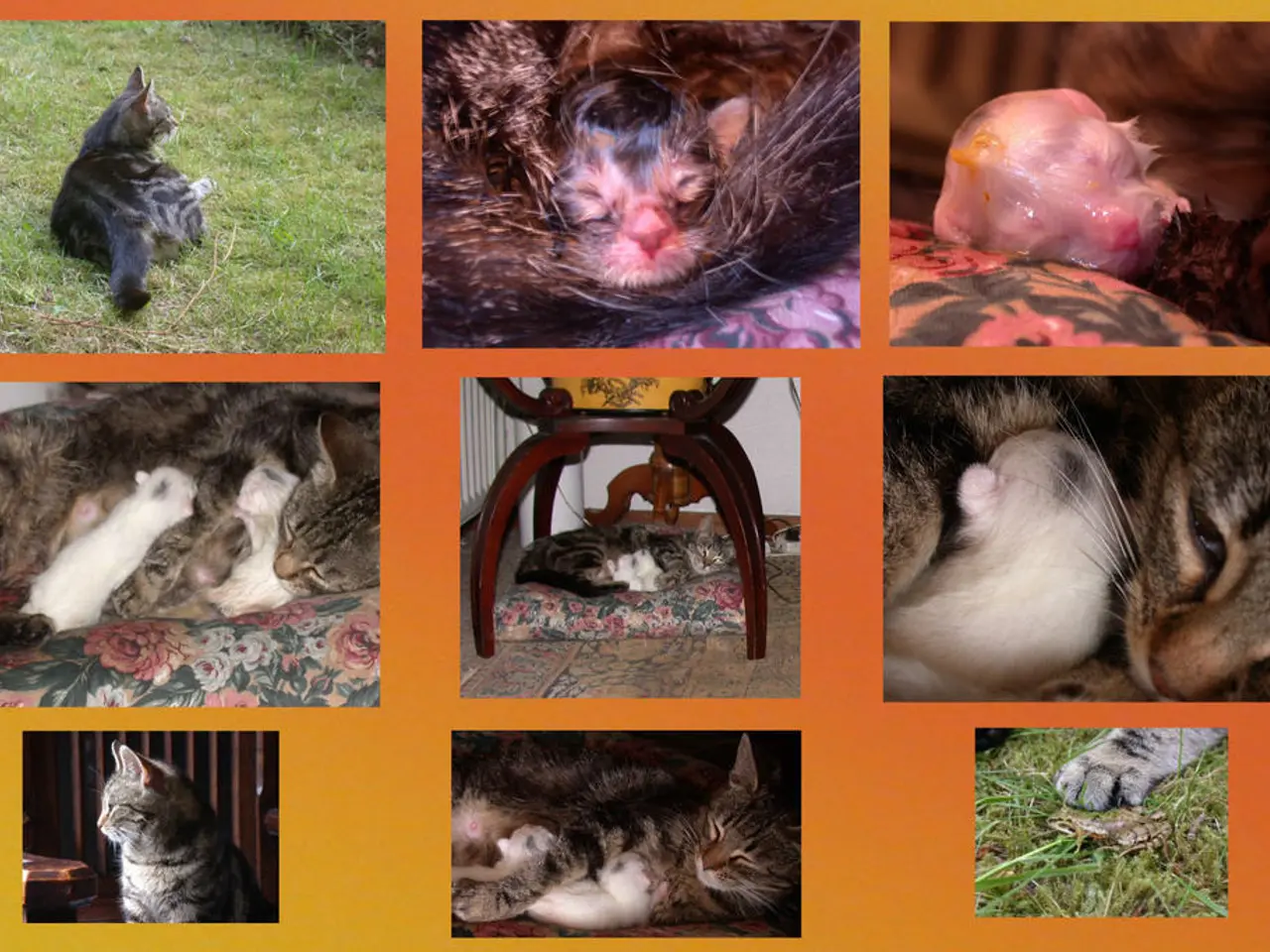Zoos, despite debates over their morality and benefits, remain a consistent presence in our world for the foreseeable future.
In the ongoing debate over zoos, critics argue that these institutions may not live up to their conservation claims, raising concerns about animal welfare and ethical treatment.
On one hand, zoos are often defended for inspiring future conservationists and providing educational opportunities for children. However, a 2014 study revealed that many children show no positive learning outcomes after visiting a zoo [1].
The Global Federation of Animal Sanctuaries (GFAS) operates an accreditation system for sanctuaries, rescue centers, and rehabilitation centers, offering a more humane alternative for injured, orphaned, or non-releasable animals [2]. PETA and the Born Free Foundation have expressed concerns about the justification of zoos' existence, particularly in light of problematic practices such as the routine killing of surplus animals and inadequate conditions for many species [3].
Ethical issues surrounding zoos revolve around the prioritization of human entertainment, education, or profit over animal welfare. Animals are kept as objects for human enjoyment, often causing physical and psychological harm due to loss of freedom, abnormal behaviors, and a lack of mental stimulation [1][2][3].
Captivity restricts animals’ movement and confines them to enclosures much smaller than their natural habitats. This confinement leads to abnormal behaviors (known as "zoochosis") like pacing or swaying, indicators of stress rarely seen in the wild [1][2]. Enclosures cannot replicate the complexity of wild habitats, limiting natural behaviors such as hunting, migration, and social interactions, resulting in behavioral problems and poor mental health for animals [2][3].
Some zoos capture animals directly from wild populations, further endangering species and disrupting ecosystems [1]. Reports condemn the failure to meet many species' needs physically, psychologically, and emotionally, reflecting a commodification of animals rather than respect for their intrinsic value [3].
Alternatives for wildlife preservation that avoid these ethical and welfare problems include in situ conservation, wildlife sanctuaries, supporting anti-poaching and habitat preservation efforts, conservation breeding and reintroduction programs, and education through media and technology [1][2][3][4]. By focusing resources on protecting animals in their natural habitats, we can ensure a more humane and effective approach to wildlife preservation.
References:
[1] PETA. (n.d.). Animals in Captivity: Zoos, Circuses, and Marine Parks. Retrieved from https://www.peta.org/issues/animals-in-entertainment/animals-in-captivity/
[2] Born Free Foundation. (n.d.). Zoos. Retrieved from https://www.bornfreeusa.org/issues/zoos/
[3] PETA. (2021). The Problem with Zoos. Retrieved from https://www.peta.org/issues/animals-in-entertainment/problem-with-zoos/
[4] World Wildlife Fund. (n.d.). Wildlife Conservation. Retrieved from https://www.worldwildlife.org/projects/wildlife-conservation
- Critics argue that zoos may not fully uphold their conservation claims, leading to concerns about animal welfare and ethical treatment.
- PETA and the Born Free Foundation have raised concerns about the justification of zoos' existence, particularly regarding the routine killing of surplus animals and inadequate conditions for many species.
- Zoos are often criticized for prioritizing human entertainment, education, or profit over animal welfare, causing physical and psychological harm to animals due to loss of freedom, abnormal behaviors, and lack of mental stimulation.
- Captivity restricts animals' movements and confines them to enclosures much smaller than their natural habitats, leading to abnormal behaviors like pacing or swaying, indicators of stress rarely seen in the wild.
- Some zoos capture animals directly from wild populations, further endangering species and disrupting ecosystems, while reports condemn the failure to meet many species' needs physically, psychologically, and emotionally.
- In-situ conservation, wildlife sanctuaries, supporting anti-poaching and habitat preservation efforts, conservation breeding and reintroduction programs, education through media and technology, and focusing resources on protecting animals in their natural habitats can provide more humane and effective alternatives for wildlife preservation.




